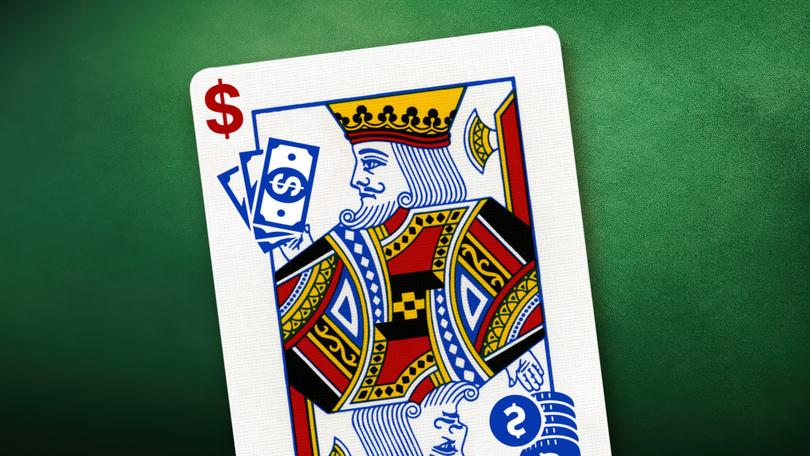THE ECONOMIST: Share investors and retailers can learn from the tactics of poker professionals

Watch professionals play poker, and one of the first things to strike you is how often they fold when the game has barely begun.
Rounds of Texas hold ’em, a popular variant, start with each player being dealt two cards and then deciding whether to bet on them. Amateurs are more likely to proceed than not, while pros fold immediately up to 85 per cent of the time.
Naturally, this does not mean that high-stakes casinos are frequented by the timid. It is simply that most hands are too likely to lose to be worth betting on, and the pros are better at judging when this is the case.
Sign up to The Nightly's newsletters.
Get the first look at the digital newspaper, curated daily stories and breaking headlines delivered to your inbox.
By continuing you agree to our Terms and Privacy Policy.Investors usually dislike gambling comparisons. Yet at a recent conference held by Norges Bank Investment Management, which oversees Norway’s $US1.6-trillion oil fund, a packed hall sought to learn from a former poker pro.
Annie Duke was there to talk about quitting decisions, a topic on which she wrote the book, Quit: The Power of Knowing When to Walk Away.
Ms Duke argued many factors stack the deck against people considering quitting, pushing them to act irrationally. That applies to poker players wondering whether or not to fold—and also to investors considering whether to exit a position.
Selling out of a position is much harder to do well than buying into it. To see why, start with some now-famous biases popularised by Daniel Kahneman and Amos Tversky, two giants of behavioural science from whose work Ms Duke draws.
People hate losses a lot more than they enjoy equivalent gains (“loss aversion”) but reserve a special loathing for crystallising a certain loss, even if the probable alternative is a greater one (“sure-loss aversion”).
They also value things they own more than identical things they do not (the “endowment effect”). All this makes closing a losing position an absolute wrench. Already smarting from a paper loss, you must turn it into a certain one, while also letting go of an asset you value more than you would any equivalent alternative.
Small wonder retail traders are bad at this.
Alex Imas of the University of Chicago has studied the behaviour of those who set take-gain and stop-loss orders when they enter a trade. Although these are supposed to neuter harmful biases by exiting the position if a specified profit or loss is reached, Mr Imas found few investors reached their take-gain orders, having already sold manually rather than risk their profits disappearing. Meanwhile, they tended to cancel and blow through their stop-losses, preferring to keep gambling rather than take a certain hit.
Are the pros any better? Only up to a point.
Last year Mr Imas and colleagues published a paper on the buying and selling choices of 783 institutional portfolios with an average value of $573m. Their managers were good at buying: the average purchase, a year later, had beaten the broader market by 1.2 percentage points. But they would have been better off throwing darts at the wall to select which positions to exit. After a year, sales led to an average of 0.8 percentage points of forgone profit compared with a counterfactual in which the fund selected a random asset to sell instead.
Unlike retail traders, the pros were not clinging on to losers.
Yet neither were they making selling decisions analogously to how they make buying ones: by choosing the asset adding the least to their risk-adjusted return and offloading it. Instead, they used a simpler heuristic, disproportionately selecting positions where relative performance had been very bad or good, and exiting those.
As a result, they were throwing away two-thirds of the excess returns their skilful buying had won them.
Ms Duke’s prescriptions for these problems are at once obvious and underused. Most importantly, recognise that buying and selling are two sides of the same coin and start treating them as such.
Many investors keep watch lists of assets they may buy; they should also track those they have sold to test their decision-making. Fund managers routinely justify purchases to an investment committee in advance; they should have to do the same for exits. Traders of all stripes must set strict “kill criteria”, such as stop-losses, and actually stick to them.
Though even Ms Duke admits to having outstayed hers at the poker table.
Professionals face constraints that prevent them from selling perfectly. Timing may not be in their gift: the capital could be needed for another purchase, or to return to investors.
But if the faces in Oslo were anything to go by, many will now be giving their exit strategies a good deal more thought.
